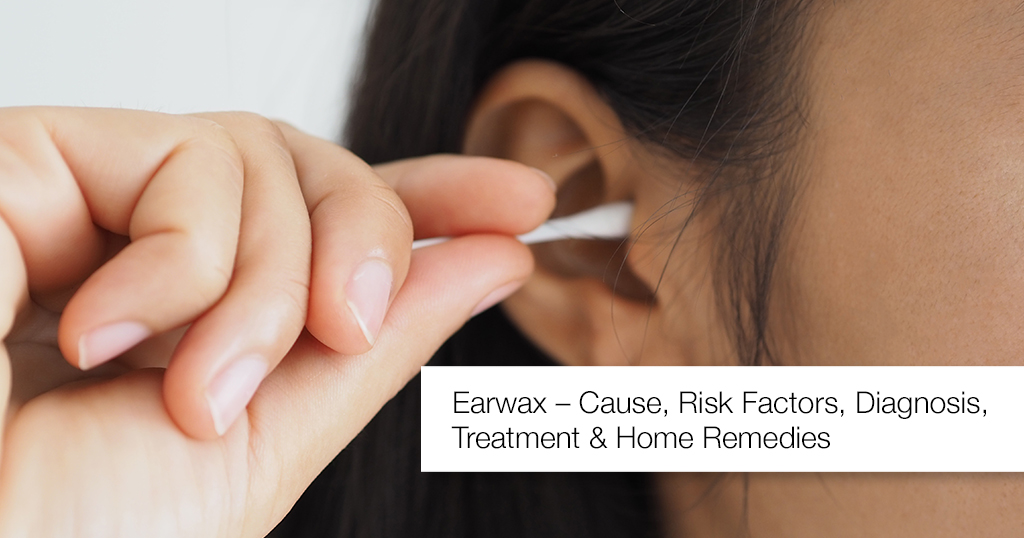 Verified By Dr Jaswinder Singh Saluja January 12, 2023
Verified By Dr Jaswinder Singh Saluja January 12, 2023

Earwax or cerumen is present in the ear canal of humans. Shedding of skin of the ear, debris, soap or shampoo and dust get bound by a liquid secreted by glands in the ear canal. This thick liquid which is light brown, dark brown or orange in colour is called earwax.
Most people produce an average quantity of earwax which comes to the outer ear by itself. In some people, excessive earwax is produced which blocks the ear canal preventing good hearing. If the earwax stays in the canal for a long time it gets hardened and is difficult to remove.
In some people, there is no known reason why excessive earwax is produced.
After an ear infection, there could be excessive earwax production, or there may be a discharge which is mistaken for earwax.
Some individuals are more prone to earwax problems than others. Individuals at risk of collecting more earwax in their ears include:
If you think you are producing too much earwax that is not getting drained, visit your family physician or an ear nose and throat (ENT) specialist. Your doctor will look into your ear canal with an instrument called an Otoscope and check the ear and also assess if there is any damage to the eardrum. You will be asked about previous injury, infection or surgery to the ear or whether the wax build up has occurred before.
The doctor will check for hearing in both ears with simple tests that are done in the clinic.
Sometimes pus or ear discharge may be mistaken for earwax; if there is a doubt the fluid can be sent to the laboratory for testing.
One should not attempt to remove hardened or excess earwax with a hairpin or any other pointed object as it may cause damage to the ear canal and may rupture the eardrum or tympanic membrane. A ruptured eardrum may require surgery if the hole is large.
The doctor can use a curette, a small instrument that can remove wax; alternatively suction can be used to unblock the ear canal. Ear drops may also be presecibed to soften the wax.
A few drops of mineral oil or hydrogen peroxide diluted with the same amount of water can be used to soften the wax. Repeat it at least twice daily and for about five days and then stop.
Another good idea is to have a warm shower, but do not allow soap and shampoo to get in the ears.
It is important not to put anything inside your ear, as doing this can lead to worsening of the problem and may cause permanent damage. Do not prod or poke the inner parts of the ear.
If the problem persists or does not go away, you should see a doctor.
